Author: Jordan Folks
It’s stunning just how much the IPA style has expanded and evolved over the years – from its English origins and initial craft revival to the IBU wars of the early-aughts, hazy reimaginations, and all of the colorful sub-styles that have come and gone over the last two decades. Suffice to say, India Pale Ale has come to represent a lot more than its name implies, with essentially any highly hopped fermented malt-based beverage making the categorical cut.
While American IPA is traditionally known for having a decent malt backbone, over the last decade, brewers have tended to lean more heavily into dryer examples that are less bitter and much paler in color. Enter the West Coast IPA, an unofficial moniker that pays homage to the region widely accepted as the birthplace of this sub-style. Pairing the crisp drinkability of a pale lager with explosive hop character and a touch more strength, West Coast IPA recipes tend to have much simpler malt bills that often swap out standard Pale Malt with lower kilned Pilsner malt, and of course heaps of modern American and New World hops typically added later in the process. Moreover, brewers of West Coast IPA often rely on innovative concentrated hop products to up the pungency of their beers, while some prefer fermenting with neutral lager strains to further emphasize its clean, crisp character.
In my opinion, West Coast IPA is one of the best hop delivery vehicles (HDV) currently in the craft beer scene, the combination of intense hop saturation with a pale, dry, and effervescent format makes this style dangerously crushable despite its moderate alcohol content. As someone who loves brewing West Coast IPA as much as I love drinking, I’m regularly inspired by the seemingly never-ending onslaught of exciting new hop varieties and advanced hop products. One variety I’ve been excited about is Krush, which presents with a unique blend of Nobel-esque spice along with heaps of tropical fruit, and I recently used it in a West Coast IPA I call Krushin’ It.
| Making Krushin’ It West Coast IPA |
Using both anecdotal experiences of commercial beers made with Krush as well as information I read online, I designed this recipe to accentuate its best characteristics. Huge thanks to F.H. Steinbart for hooking me up with the malt for this batch!
Krushin’ It West Coast IPA
Recipe Details
| Batch Size | Boil Time | IBU | SRM | Est. OG | Est. FG | ABV |
|---|---|---|---|---|---|---|
| 6.1 gal | 60 min | 76.4 | 4.5 SRM | 1.06 | 1.008 | 6.83 % |
| Actuals | 1.06 | 1.008 | 6.83 % | |||
Fermentables
| Name | Amount | % |
|---|---|---|
| Pilsner Malt | 14 lbs | 75.68 |
| Wheat Malt | 3 lbs | 16.22 |
| Dextrose | 1.5 lbs | 8.11 |
Hops
| Name | Amount | Time | Use | Form | Alpha % |
|---|---|---|---|---|---|
| Warrior | 14 g | 60 min | Boil | Pellet | 14.1 |
| Simcoe | 14 g | 15 min | Boil | Pellet | 13 |
| Mosaic | 85 g | 10 min | Aroma | Pellet | 11.4 |
| Krush (HBC 586) | 57 g | 10 min | Aroma | Pellet | 10 |
| Simcoe | 57 g | 10 min | Aroma | Pellet | 13 |
| Mosaic LUPOMAX | 85 g | 2 days | Dry Hop | Pellet | 17.3 |
| Riwaka | 85 g | 2 days | Dry Hop | Pellet | 7 |
| Krush (HBC 586) | 57 g | 2 days | Dry Hop | Pellet | 13 |
| Simcoe | 28 g | 2 days | Dry Hop | Pellet | 13 |
| Mosaic SPECTRUM | 10 g | 2 days | Dry Hop | CO2Extract | 12.3 |
Miscs
| Name | Amount | Time | Use | Type |
|---|---|---|---|---|
| Amylase Enzyme | 1 g | 0 min | Primary | Other |
Yeast
| Name | Lab | Attenuation | Temperature |
|---|---|---|---|
| Global (L13) | Imperial Yeast | 77% | 46°F - 55.9°F |
Notes
| Water Profile: Ca 103 | Mg 4 | Na 10 | SO4 182 | Cl 44 |
Download
| Download this recipe's BeerXML file |
After collecting the full volume of brewing water, adjusting it to my desired profile, and getting it heating up, I weighed out and milled the grains.
With the water appropriately heated, I incorporated the grains then checked to make sure it was at my target mash temperature.
While the mash was resting, I measured out the kettle hop additions.
When the 60 minute mash was complete, I removed the spent grains and boiled the wort for 60 minutes before quickly chilling it with my JaDeD Brewing SS Coil Hydra.
A refractometer reading showed the wort was at a respectable 1.060 OG.
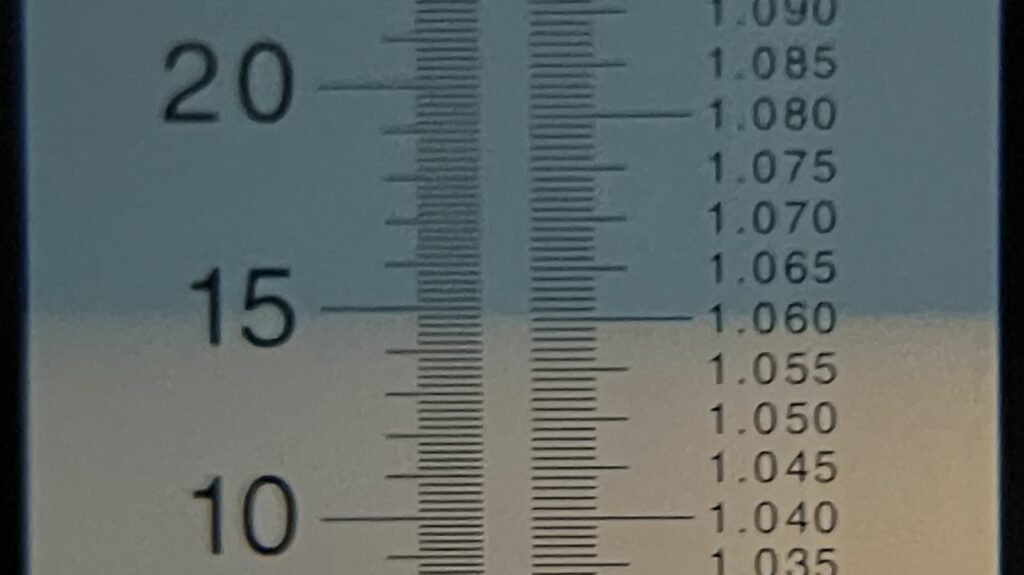
I transferred the chilled wort to a fermentation keg and placed it in my chamber to finish chilling to my desired pitching temperature of 59°F/15°C, at which point I pitched 2 pouches of Imperial Yeast L13 Global.
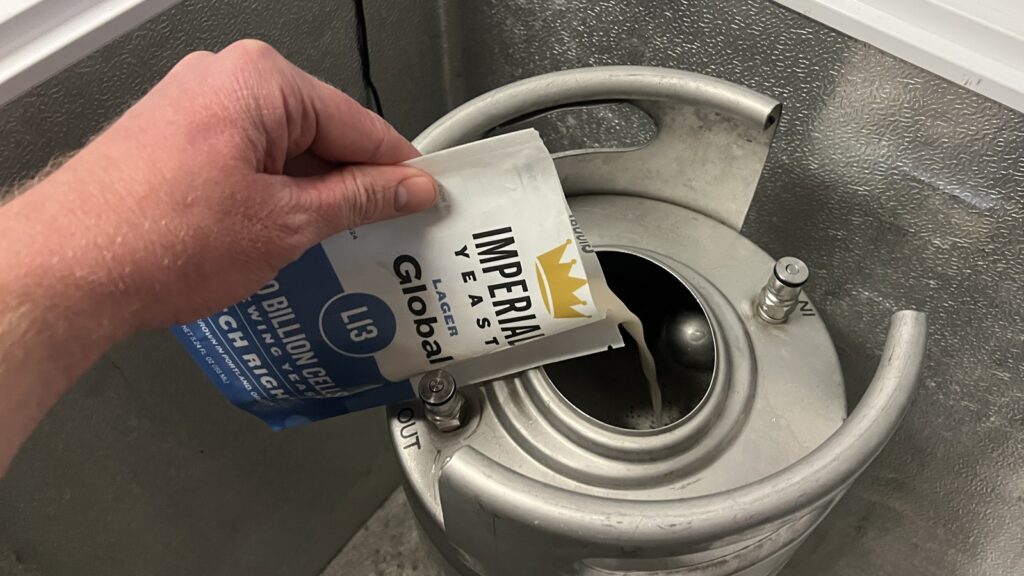
To ensure a clean, healthy fermentation and aggressive attenuation, I added oxygen, ALDC, yeast nutrient, and a half teaspoon of alpha-amylase enzyme to the fermenter.
After a week of fermentation at 60°F/16°C, I added the massive dry hop addition along with another dose of ALDC for good measure.
After letting the hops mingle with the beer for 24 hours, I took a hydrometer measurement confirming FG had been reached.
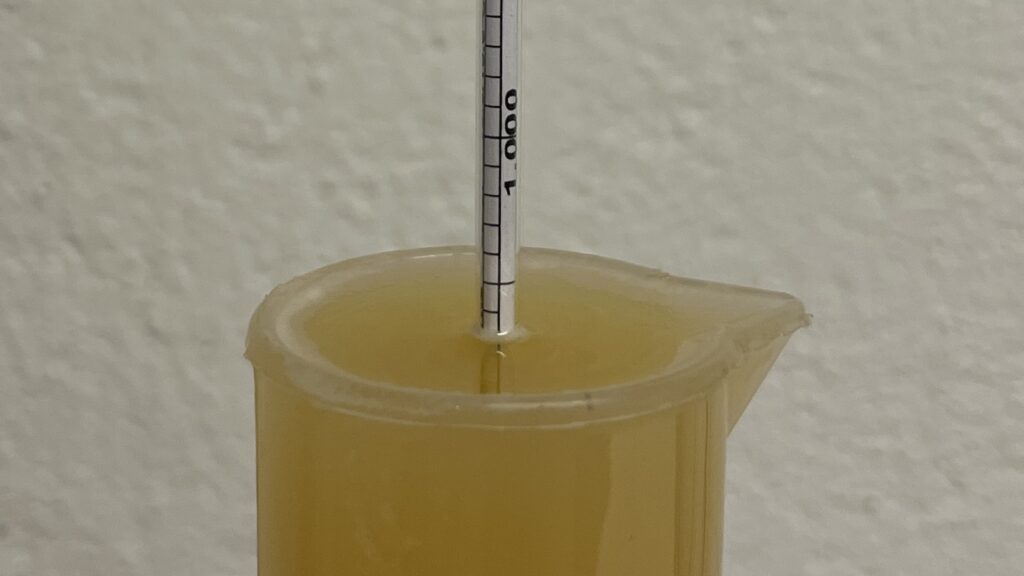
At this point, I cold crashed the beer overnight then pressure-transferred it to a CO2 purged serving keg along with a dose of gelatin fining. The filled keg was placed on gas in my keezer where it was left to condition for a week before it was clear, carbonated, and ready to drink.
| IMPRESSIONS |
These days, when someone talks about IPA, they necessarily have to provide additional descriptive details given the advent of so many sub-styles. Arguably one of the first classic American IPA spinoffs is the pale, dry, and supremely refreshing West Coast IPA, which is known to trade malt character for amplified hop pungency. It also happens to be one of my favorite styles of all-time.
To my senses, Krushin’ It West Coast IPA absolutely hit the stylistic mark, presenting with extremely intense tropical fruit hop character that could be smelled from a distance. I also picked up some complimentary dank and spice notes, which I attribute to the Krush hops, and found to be reminiscent of other New Zealand varieties I’ve used. The malt character was delightfully muted and served only as a canvas, while the Imperial Yeast L13 Global resulted in a very clean fermentation and solid attenuation.
I loved this beer, as did everyone else I shared it with. I’ve heard that Krush could be overpowering and hence a deft hand is recommended when using it, and while I now understand how there could be too much of a good thing, I feel the amount used in Krushin’ It was just right. I will absolutely be making this recipe again, and for anyone who enjoys crisp, dry, and refreshing West Coast IPA, I cannot recommend it enough!
If you have thoughts about this recipe or experience making something similar, please feel free to share in the comments section below!
Support Brülosophy In Style!
All designs are available in various colors and sizes on Amazon!
Follow Brülosophy on:
FACEBOOK | TWITTER | INSTAGRAM
If you enjoy this stuff and feel compelled to support Brulosophy.com, please check out the Support page for details on how you can very easily do so. Thanks!


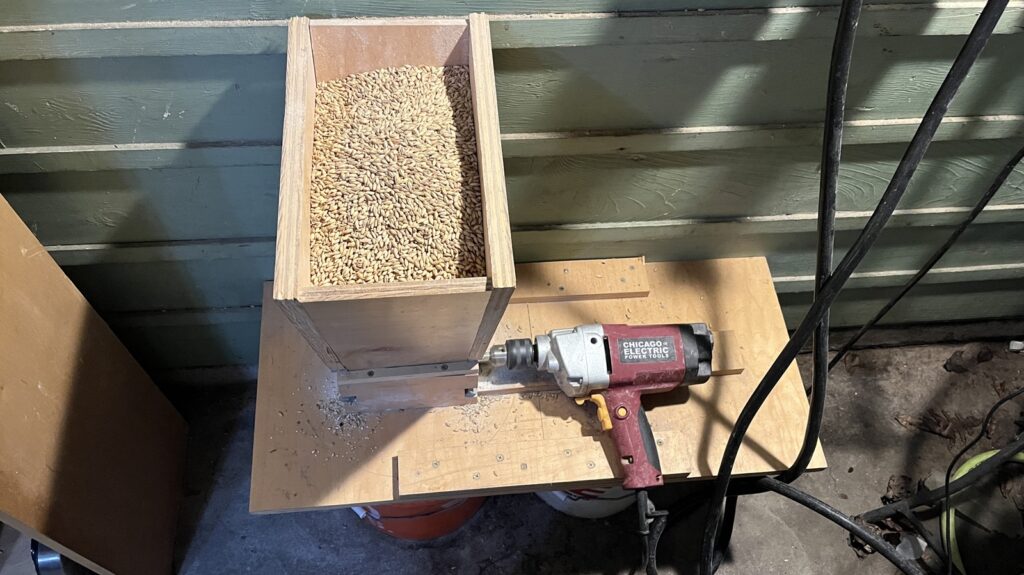
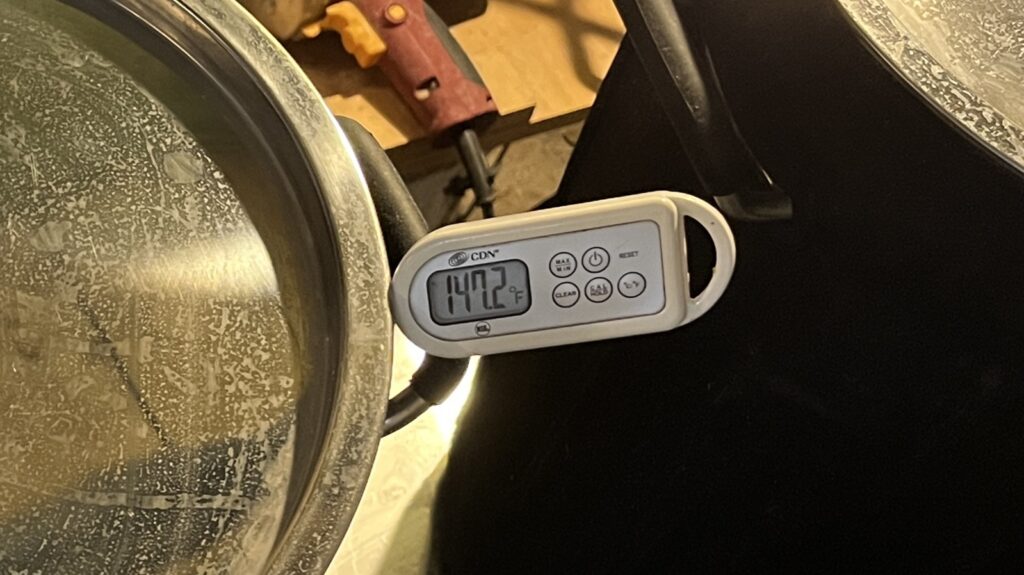
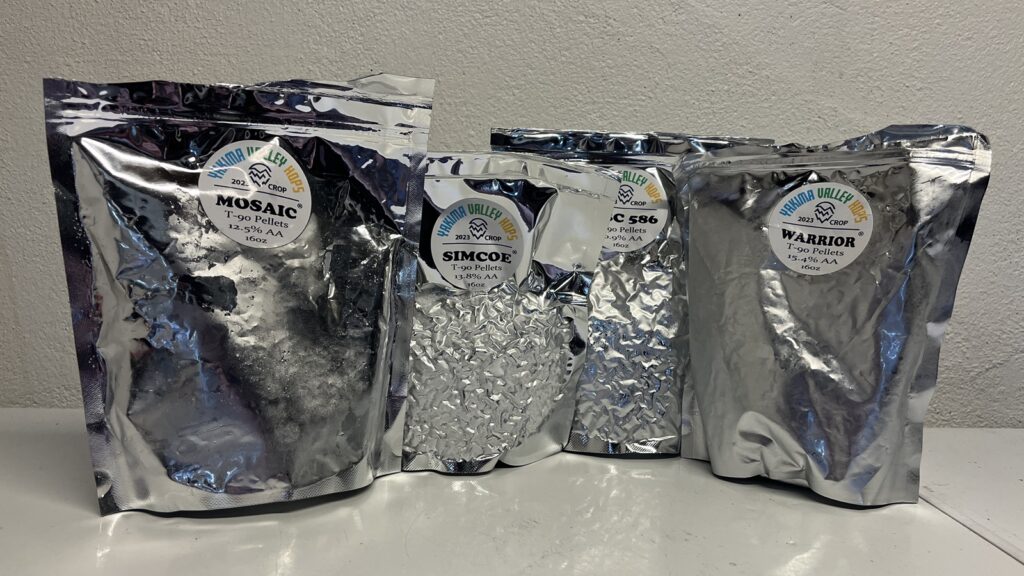
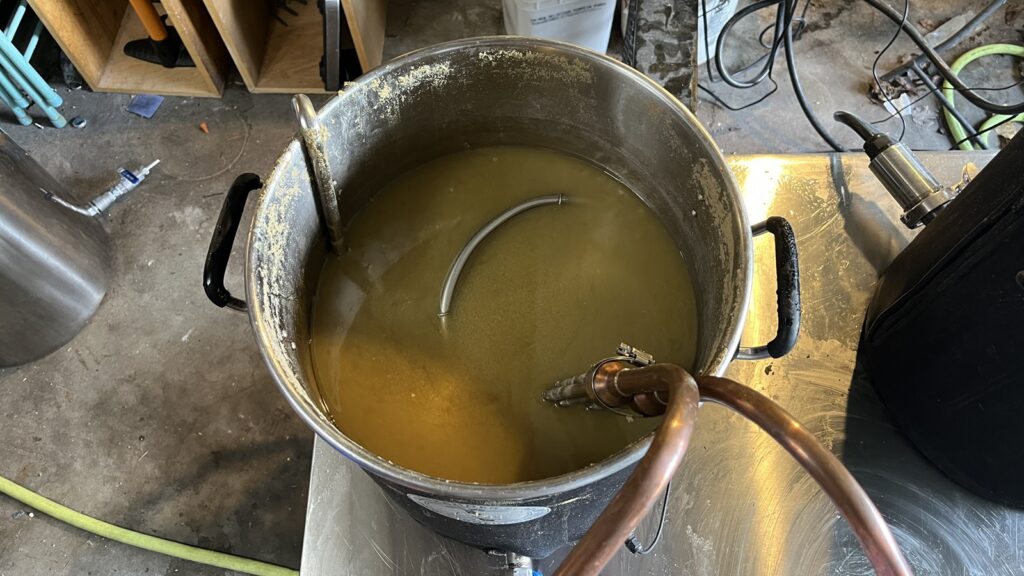
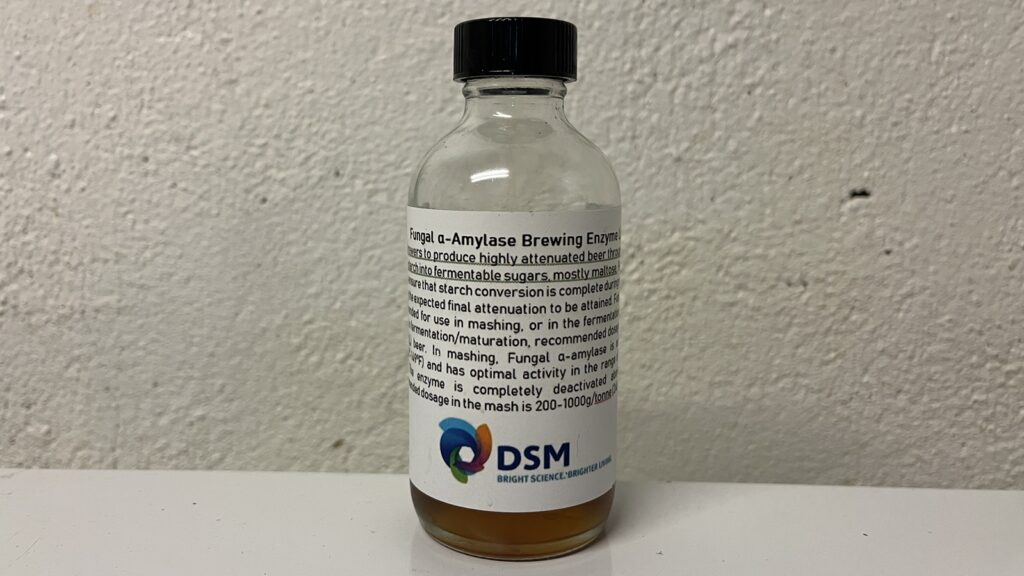
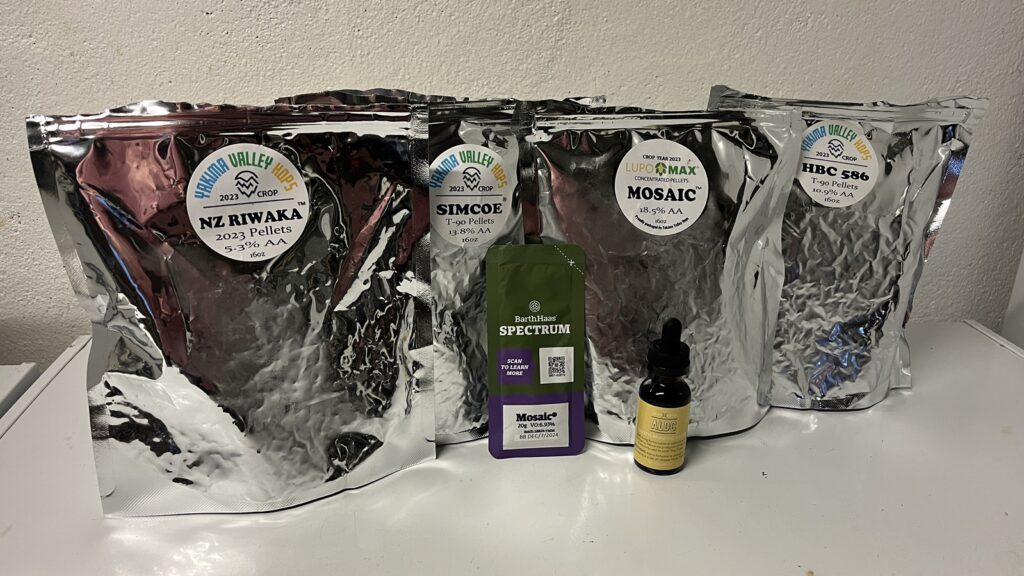
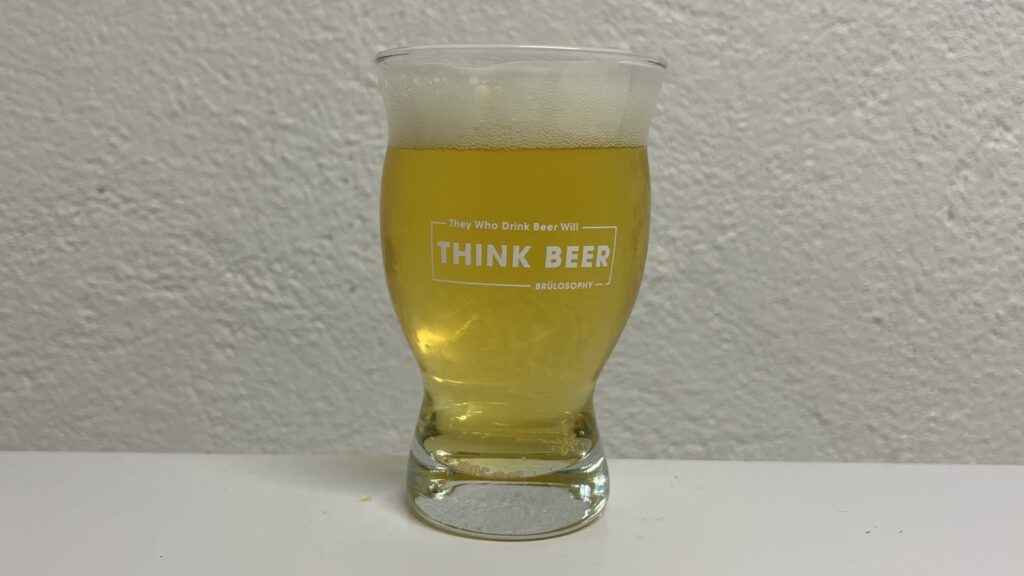





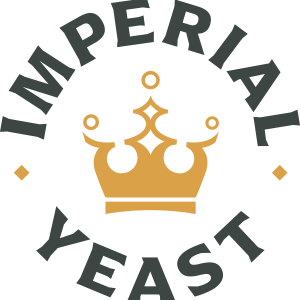

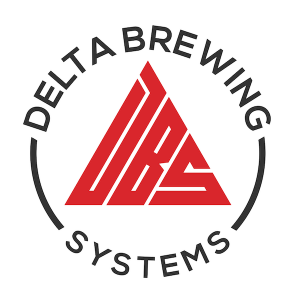


7 thoughts on “Brü It Yourself | Krushin’ It West Coast IPA”
What does aroma 10 min mean? 10 min hop stand? Boil 10 min? Look like a great beer!
Aroma means the hop use at that point in the boil is to add to the final aroma of the beer. In this instance, he was using Mosaic, Krush, and Simcoe with 10 minutes left in the boil.
Actually, “Aroma” additions in BrewFather are flameout/hop stand/whirlpool additions. So after the end of my boil, I added the “aroma” hops straight to the boil kettle and recirculated them for 10 minutes (at which point I pulled out the whirlpool hop basket)
I brewed a heavily dry hopped IPA and was surprised at the amount of loss of beer into the keg due to the large amount of hop trub in the fermenter. During the pressure transfer my valve started to get clogged and I had to call it quits. I threw the hops into the fermenter free style, no bags, mainly due to exbeeriments that says the bag takes a bit away from the hops. Do you just throw the hops in or do you bag them and if so, do you get more yield? Next time I do a large dry hop the batch will be bigger.
For that reason, I like to brew “7 gallon” batches to yield 5 gallons of kegged IPA (as you lose about a gallon to the WP and another gallon to the DH). I ferment in kegs with floating/filtered dip tubes. I throw the pellets in loose (unbagged) and then cold crash after 24 hours, then close transfer under pressure to a serving keg. After previously struggling with clogs, I found this method works like a charm (and produces excellently potent DH character).
Sounds like you have a good plan. I’ll stick with my Spike Flex+ and just plan for a bigger batch. Thanks for the tips and the response.
If your fermenter has a floating pickup, and you’re hooking up CO2 before cold crash (e.g. in a fermzilla or a keg), try briefly hooking it up to the pickup first, to blow any attached hop leaf bits off the filter. Then hook up to the gas in post. I find I can get all but a cupful of beer out of the fermenter by doing that.
I would do those 10min additions as hopstand too.